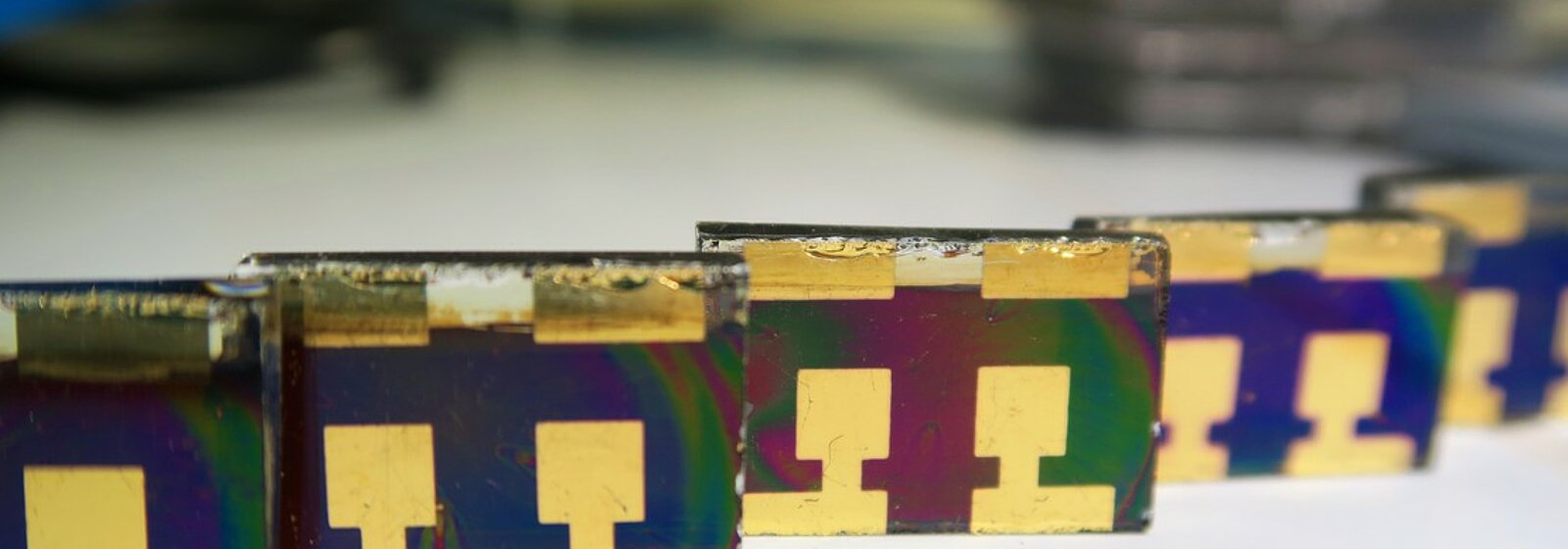October 08, 2020 - Press Release EPF Lausanne/ Simone Ulmer
Over the past decade, the power-conversion efficiency of metal-halide perovskite solar cells (PSCs) has increased to 25.5%, surpassing other thin-film solar cells — including the market-leading polycystalline silicon. Aside from solar cells, halide perovskites are used today to make light emitting diodes, lights, lasers, photocatalysts, transistors and photodetectors.
Mixing and layering various materials
Perovskites-based electronics are usually manufactured by mixing and layering various materials on a transparent conducting substrate. “Various sustainable and relatively cost-effective ‘chemical deposition’ processing techniques have opened the possibility to develop these high-efficiency materials for optoelectronic applications”, says Paramvir Ahlawat, Ph.D. student in the group of EPF Lausanne professor Ursula Röthlisberger.
With the help of simulations on the "Piz Daint" supercomputer, Röthlisberger's team of scientists succeeded in developing a method with which a solar cell based on a room-temperature stable perovskite structure of formamidinium lead iodide (FAPbI3) can be achieved. These findings are an important contribution to the research of the renowned solar cell researchers from EPFL, Michael Grätzel and Anders Hagfeldt.
Overcoming thermodynamic instability
The problem was that there are two phases of this material, the α phase and the δ phase, but only one is photoactive. Of these, the most thermodynamically stable δ-phase of FAPbI3 is a photoinactive phase, meaning it does not absorb light and therefore is not a solar power harvester. On the other hand, in solar cells made with photoactive α-FAPbI3, the active material is not stable and can get converted to photoinactive δ-FAPbI3.
In the new method, the photoinactive δ-FAPbI3 perovskite films are converted at 100°C into the desired photosensitive cubic α-FAPbI3 by treating them with a vapor of methylammonium thiocyanate (MASCN) or formamidinium thiocyanate (FASCN). The structure of α-FAPbI3 obtained in this way remained intact after 500 hours at 85°C. The solar cells fabricated with this material had a power conversion efficiency of more than 23%. Furthermore, after 500 hours under maximum power tracking and a period of dark recovery, 94% of the original efficiency was retained.
“Molecular simulations have played a pivotal role in understanding the atomic level mechanism of the phase transition between δ-FAPbI3 and α-FAPbI3”, says Ahlawat. Specifically, the computer simulations clarified the role of thiocyanate SCN- anions in triggering the phase transition at lower temperatures. “We found that such catalytic anions can induce intermediate phases, which favor the formation of α-FAPbI3.” The theoretical concept presented in this study could be used for similar synthesis processes in order to stabilize the α-phase in halide perovskites.
Image above: Perovskite solar cells in the lab. (Image: W. Tress, EPFL)
References:
Lu H, Liu Y, Ahlawat P et al.: Vapor-assisted deposition of highly efficient, stable black-phase FAPbI3 perovskite solar cells. Science 369, eabb8985, 2 October 2020. DOI: 10.1126/science.abb8985

